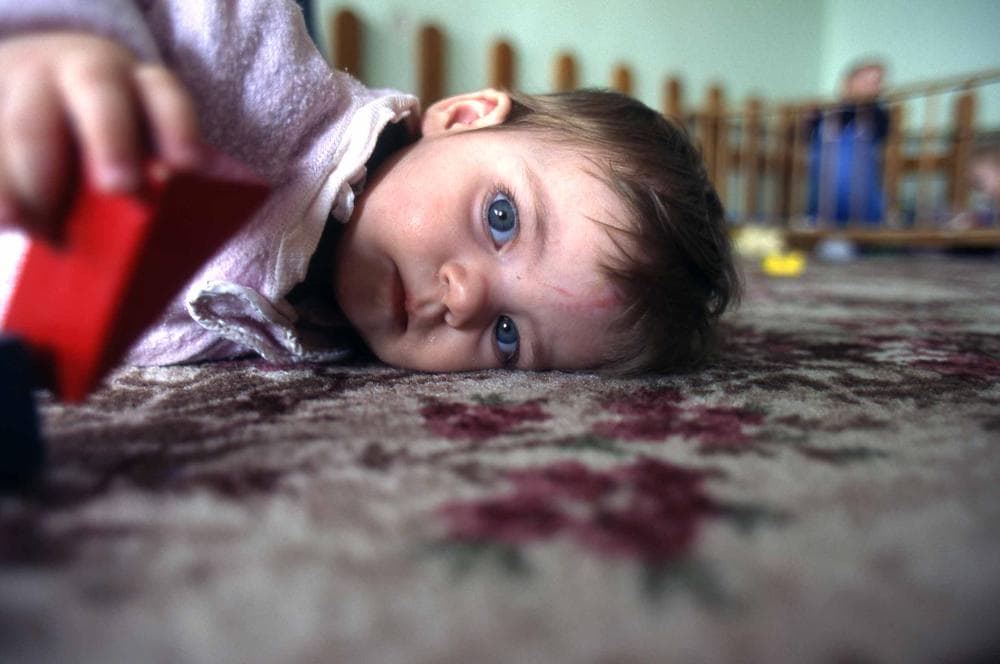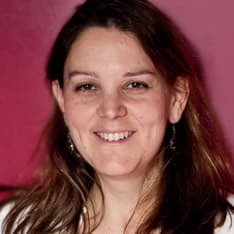Advertisement
Structural Brain Changes Found in Romanian Orphanage Children

By Karen Weintraub
Guest contributor
Living in an orphanage can literally change the structure of a child’s brain, according to a new study that has implications for international adoptions as well as conditions like ADHD, traumatic brain injury and autism.
The study, led by Charles Nelson and Margaret A. Sheridan of Boston Children’s Hospital, found that children who had spent more than 30 months in a Romanian orphanage had less white matter in their brains than children who were moved to foster homes.
Gray matter “does the thinking or processing,” says Sheridan, an instructor in pediatrics at Harvard Medical School, and white matter makes connections across different parts of the brain. “It might mean the connections between different parts of the brain are less well formed, or that those parts of thought that require connectivity don’t happen as quickly.”
Nelson and other researchers have already shown that children who are institutionalized perform worse on cognitive tests, and were more likely to be developmentally delayed. But this was the first time anyone has detected structural brain changes in institutionalized kids in a randomized control study – suggesting the differences can’t be explained by factors other than institutionalization.
Children who have been institutionalized for a long time are often impaired in a variety of ways. Sheridan said the white matter changes she showed in her study could underlie this wide range of problems, from inattention to hyperactivity to depression.
It’s possible that the same white matter shrinkage could explain other brain conditions, which also share a similar range of problems – like ADHD and traumatic brain injury, she said. Researchers have not looked much for white matter changes in those conditions, she said.
“Maybe white matter is something we should investigate more,” Sheridan said, with interventions that affect white matter, such as training, being tested as treatments for those conditions.
The study suggests that white matter responds to environmental events like foster care,[module align="right" width="half" type="pull-quote"][/module]
The study suggests that white matter responds to environmental events like foster care, she says. Previous research has also shown that children who grow up in severe poverty or under other adverse conditions have white matter differences, too.
In autism, researchers have shown that children often have an excess of white matter between ages 2 and 4, and then slower than typical growth rate of white matter later on. It’s not clear what triggers this or whether it’s a cause or effect of autism. Behavioral training is the only scientifically proven method to improve outcomes in children with autism.
Sheridan said she plans to analyze the Romanian data further to see if she can pinpoint brain areas where white matter or gray matter volumes differ substantially from typical brains.
She and her colleagues are also hoping to get funding to follow these Romanian children into adolescence, to see if their brain development is unusual through their teenage years when the brain’s judgement abilities mature.
Fran Cronin, a Cambridge mother whose adopted son was the victim of early trauma, said she thinks research like this raises profound ethical questions about how society should treat people with neurological conditions. She asks: If white matter volumes turn out to be different in the frontal lobes, the seat of judgement, can we really justify executing people like Yokamon Laneal Hearn, who had fetal alcohol syndrome and was put to death in Texas last week?
What do you think?
Karen Weintraub, a Cambridge-based Health/Science writer, is a frequent contributor to CommonHealth.
This program aired on July 23, 2012. The audio for this program is not available.
